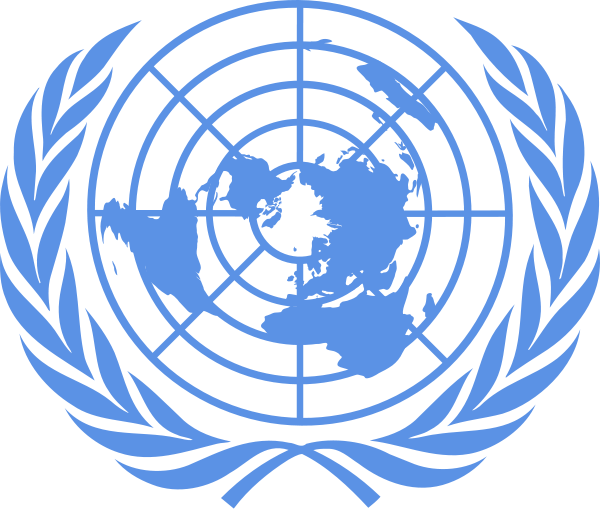European and global regulations in continuous change
In terms of chemical safety, the regulation on the classification, labeling and packaging of chemicals has evolved in recent years.

In order to facilitate international trade by promoting a harmonized chemical hazard communication system, the United Nations published the Globally Harmonized System (GHS) of Classification and Labelling of Chemicals.
The GHS is addressed to governments, regional institutions and international organizations and will develop national programmes for the safe management of chemicals.
The GHS provides safe management of chemicals for the toxicological and ecotoxicological formulations expertise in countries around the world and in different areas of activity of the chemical industry (aromas, biocides, cosmetics, detergents, inks, fragrances, paints, surface treatment, varnish, ...). GHS is constantly adapted to scientific and technical progress, resulting in immediate and systematic update for the manufacturer. The 6th revision was published late 2015.
The European Commission was the first international organization to address the UN recommendations, although some hazard categories were not taken in to acount (5 categories of Acute Category 3 Skin irritation, eye irritation Category 2B, category 2 and 3 of acute aquatic toxicity, ...) and some consideration of thresholds are different.
 Regulation (EC) No 1272/2008, CLP said "Labelling Packaging Classification" on classification, labeling and packaging of substances and mixtures, was published in the European Official Journal of 31 December 2008.
Regulation (EC) No 1272/2008, CLP said "Labelling Packaging Classification" on classification, labeling and packaging of substances and mixtures, was published in the European Official Journal of 31 December 2008.
Since 1 June 2015, mixtures placed on the market must be compulsorily labeled and packaged according to the CLP regulation.
Notwithstanding the CLP Regulation, mixtures placed on the market before 1st June 2015 may still be labeled according to EU Directives 67/548/EEC and 1999/45/EC, these texts will be repealed on 1 June 2017.
The CLP Regulation was amended several times to take into account the various revisions of the GHS, the various adaptations to Technical Progress (ATP) published :
- 1st ATP : Regulation (EC) No 790/2009
- 2nd ATP : Regulation (EC) No 286/2011
- 3rd ATP : Regulation (EC) No 618/2012
- 4th ATP : Regulation (EU) No 487/2013
- 5th ATP : Regulation (EU) No 944/2013
- 6th ATP : Regulation (EU) No 605/2014
- 7th ATP : Regulation (EU) No 1221/2015
- 8th ATP : Regulation (EU) No 2016/918
- 9th ATP : Regulation (EU) No 2016/1179
- 10th ATP : Regulation (EU) No 2017/776
Regulation (EC) No 1907/2006, says REACH Regulation on the Registration, Evaluation, Authorization, and Restriction of Chemicals entered into force on 1 June 2007. It aims to improve knowledge of the properties of chemicals and the risks associated with their use. Ultimately, the most dangerous substances will be rejected.
Regulation (EC) No 2015/830 of 29 May 2015 amends Annex II of the REACH Regulation relating to the preparation of Safety Data Sheets (MSDS). As of 1 June 2015, a new format of data sheets is required and induces changes in both the form and content in order to take into account the CLP Regulation and gradually acquired data following the REACH registration procedure.
 The United States also took into account the international recommendations while creating specific in relation to GHS and CLP. Note for example the absence of danger class on the danger to the aquatic environment or different thresholds for certain hazard statements. The US text reference is the Hazard Communication Standard (HCS) OSHA.
The United States also took into account the international recommendations while creating specific in relation to GHS and CLP. Note for example the absence of danger class on the danger to the aquatic environment or different thresholds for certain hazard statements. The US text reference is the Hazard Communication Standard (HCS) OSHA.
Similarly, the regulations concerning the transport of dangerous goods, the exposure limit values, biocides, detergents, volatile organic compounds (VOCs), waste management, labeling manual IFRA / IOFI and local regulations change regularly.